
Biotechnology Gallery

Food And Agriculture
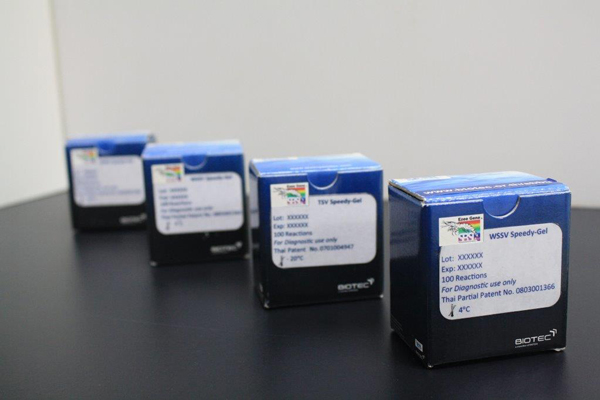
Shrimp Biotechnology Business Unit of BIOTEC manufactures and distributes Nested PCR kit for various shrimp viruses such as WSSV, IHHNV, HPV, MBV, MrNV, LSNV, TSV, and YHV etc. and Real time PCR kit for WSSV, YHV and TSV to quantify the virulence of the infection. LAMP COLOR kits are available for field test and detection to WSSV, IHHNV, YHV, TSV and plasmid toxin gene of AHPND (AP3). These kits are easy-to-use, fast, and sensitive. All of the kits are commercialized under the brand name Ezee Gene®
To purchase shrimp disease diagnostic tests, please contact Shrimp Biotechnology Business Unit of BIOTEC (www.biotec.or.th/sbbu).
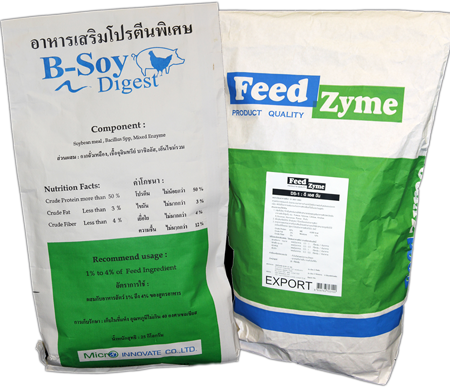
The technology to produce fermented feed using grains and Bacillus spp. screened from BIOTEC Culture Collection was developed. This fermented feed is easily digestible by animals because some of the nutrients are partly digested and readily utilizable, resulting in an enhanced meat quality and yield.
This technology led to a joint investment of over 100 million Baht between NSTDA, a private company and researchers to establish Micro Innovate Co., Ltd., the first industrial-scale microbial production plant for animal feed in Thailand.
The fermented animal feed is now commercially available under the trade name “B-Soy Digest” and “DS-1”
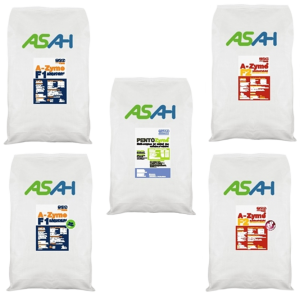
In the study, Aspergillus spp. fungi is found to produce several enzymes, especially pentosanase, which can be used to digest non-starch polysaccharides in animal feed raw materials so that animals can absorb and utilize more nutrients. In return, meat yield and animal health are improved. In addition, the harmless fungi can perform effectively at 39.5°C and pH 3 and 6.8, which are the environmental conditions inside animal stomach and small intestine. Pentosanase produced from Aspergillus spp. was tested at an actual pig farm and outperformed the imported enzyme when used as feed additive.
The technology to produce pentosanase from Aspergillus spp. as feed enzyme was licensed to Asia Star Animal Health Co., Ltd. The product is currently available under the trade name “A-Zyme”. Later on, the company obtained the license to the technology to increase activity of non-starch polysaccharide degrading enzymes developed by BIOTEC, and released a more potent product named “Pentozyme”.
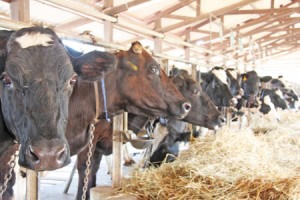
Problems on reproductive efficiency of dairy cows are one of the most important problems for dairy producers. Controlling and synchronizing ovulation has become a routine reproductive management tool for dairy producers.
The steroid-based synchronization of ovulation protocol developed in BIOTEC laboratory has produced a good synchronization of follicular waves and sufficient synchronization of ovulation time, these bring to a good protocol for timed artificial insemination (timed-AI). Field trials showed that this protocol can improve the conception rates in repeat-breeding dairy cows and also overall reproductive efficiencies in dairy cow herds.
With good performance and cost-effectiveness, this protocol has been transferred to and implemented in a number of dairy co-operatives and industries, such as Wangnamyen Dairy Co-operative, Phimai Dairy Co-operative, Namfon Farm and Charoen Pokphand Foods PCL, including over 1,000 smallholder farmers.
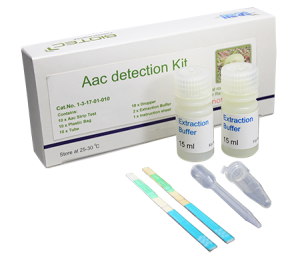
The immunochromatographic strip test based on mouse monoclonal antibodies against Acidovorax avenae subsp. citrulli (Aac) – the bacterium which causes fruit blotch disease in cucurbit (watermelon, melon, squash, cantaloupe, cucumber and pumpkin) – has been developed to provide seed exporters and governmental sector a tool to cost-effectively, conveniently, accurately and rapidly (in 5 to 10 minutes) detect the disease. The test enables epidemiological studies, disease management and quality control for export for disease-free seed.
The technology of this IC strip test had already been transferred to the PARWEL INTERNATIONAL CO., LTD.
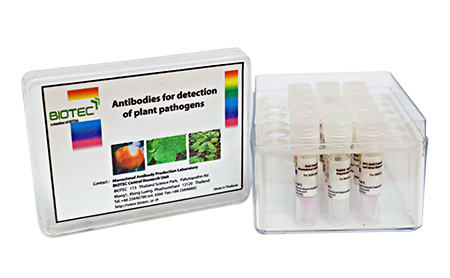
BIOTEC has produced a catalog of mouse monoclonal antibodies and rabbit polyclonal antibodies for detection of plant pathogens that cause serious plant diseases such as tomato yellow leaf curl virus, whitefly-transmitted geminiviruses, tospovirus serogroup IV, tomato necrotic ringspot virus, melon yellow spot virus, watermelon mosaic virus-2 and potyviruses. These available antibodies can be used in enzyme-linked immunosorbent assays for an efficient detection of the plant diseases. The accurate detection of plant pathogens is essential for epidemiological and disease management studies, selective breeding programs for pathogen-resistant plants and certification of disease-free seeds for export.
These antibodies for detection of plant viruses can be ordered through BIOTEC Business Development Division.
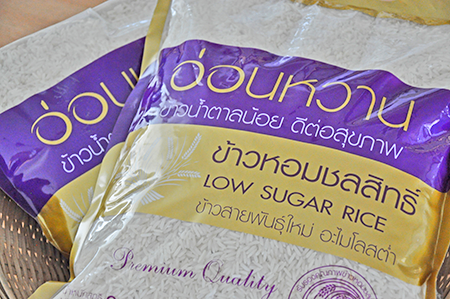
Homcholasit is an irrigated rice, non-photoperiod sensitivity rice with aromatic and good cooking quality. It is derived from a cross between KDML105 and IR57514. Homcholasit was developed for flash flooding tolerance. It can survive under the water for up to 2-3 weeks after the occurrence of flooding. Homcholasit can be planted for grains all throughout the year, providing yield of 5 tons per hectare.
Homcholasit seed has been distributed to farmers in Pichit and Phra Nakhon Si Ayutthaya provinces. BIOTEC-NSTDA also implemented a program to train farmers in Phra Nakhon Si Ayutthaya, Chainat and Angthong to produce seed for future growing seasons.
Pak Hai Farmers Cooperative in Phra Nakhon Si Ayutthaya has successfully created a business out of Homcholasit rice, producing a packed rice under a brandname “On-waan”. On-waan rice is now available in leading supermarket chains.
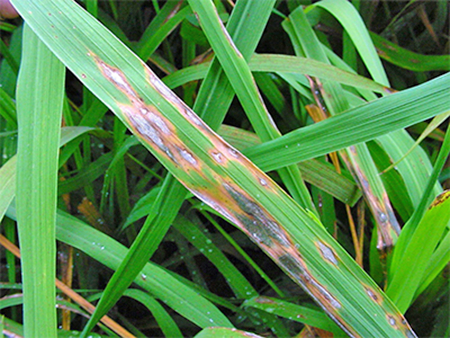
Thanyasirin is a jasmine glutinous rice (RD6), with blast resistance added into its genome using molecular markers in the backcross breeding process. Thanyasirin has good cooking and eating qualities. It shows drastic improvement in leaf and neck blast resistance of a broad range of spectrum in the rainfed lowland areas, providing yield of 3-5 tons per hectare.
Thanyasirin seed has been distributed to farmers, along with the seed production training program, in several provinces in the North and Northeast where gluninous rice are commonly consumed, such as Nan, Lampang, Chiang Rai, Chiang Mai, Chaiyaphum, Sakon Nakhon and Nakhon Phanom.
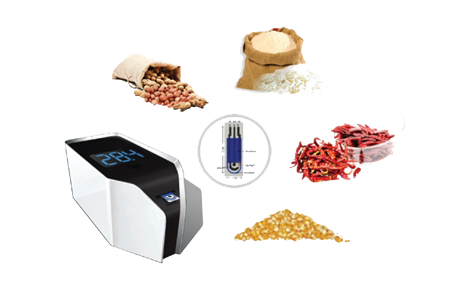
Aflasense is a novel, low-cost and portable tool that enables simple and rapid aflatoxin detection.Its operating principle is based on the measurement of current response as a result of electrochemicalreaction from aflatoxin on highly sensitive graphene-based disposable working electrode, which is fabricated by printing technology.The current is then accurately converted into aflatoxin concentration and output on the built-in LCD display. The disposable graphene electrode offers high efficiency, high detection sensitivity and wide detection range of 0-80 ppb of aflatoxin.
This technology was co-developed by scientists from NECTEC and BIOTEC. For further information, please contact NECTEC Business Development and Technology Transfer Division.
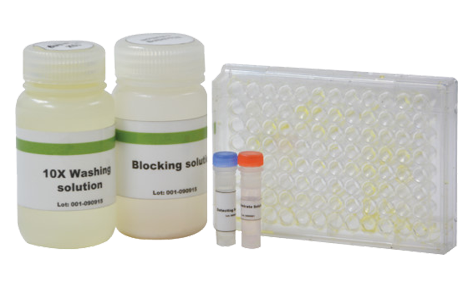
A multiwell-plate antibody array has been developed to simultaneously detect multiple plant pathogens. The new technology can test up to 96 samples and 4 pathogens all at the same time, offering convenience for testing at an industrial scale. It also consumes fewer reagents (antibodies), and thus reduces the cost by 5 times compared to the conventional method.
This technology is being validated with a seed company before it can be released to the market.
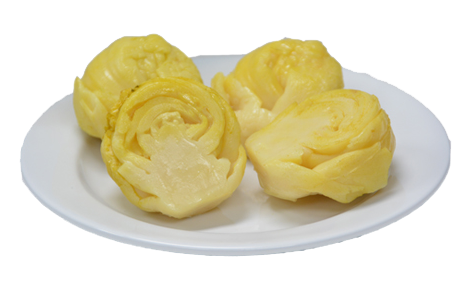
BIOTEC and Peace Canning Co., Ltd. jointly developed starter culture technology for the industrial production of pickled mustard greens. The technology includes effective lactic acid bacteria for the fermentation, the development of large scale production of this starter culture and the large-scale fermentation of mustard greens. The use of starter culture improves flavor and color, ensures product consistency and increases product safety.
This technology has been licensed to Peace Canning Co., Ltd.
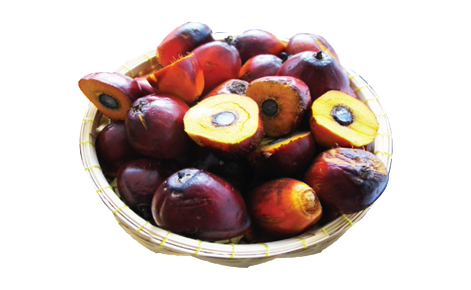
BIOTEC research team in collaboration with partner institutes and company developed an oil palm elite line called AKG Tenera by using biomarkers in the selection process. The productivity of AKG Tenera is approximately 31.25 tons/ha (5 tons/rai), with an average oil yield of 25%. It can survive drought up to 90 days.
A somatic seed production method has also been developed to efficiently propagate oil palm. A process to accelerate the generation of somatic embryos using inflorescence as the explant source to prevent parental tree damage was developed. This provides cost-effectiveness and reduces somaclonal variation of mass propagation of oil palm elite line.
This project was financially supported by the Agricultural Research Development Agency (Public Organization), or ARDA. AKG Tenera seedlings have been distributed to farmers since October 2013 by ARDA.
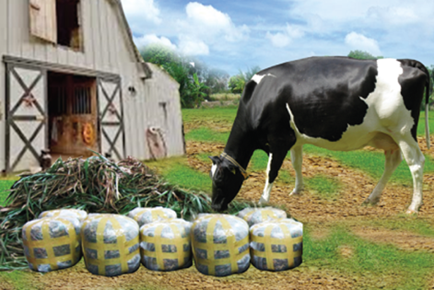
BIOTEC research team, in collaboration with Khon Kean University, screened and developed the concept of using fast-growing lactic acid bacterial (LAB) starter culture for ensilaging forage cane, thereby producing high quality silage.This concept of using LAB starter culture can preserve silage quality forup to three months. This technology enables farmers to stockpile feed into the dry season.
This technology is ready to be transferred to farmers.
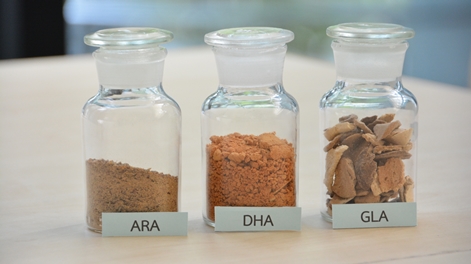
Fatty acids in omega-3 and omega-6 series have beneficial effect on human and animal health in maintaining proper regulation of several biological systems, such as cardiovascular, respiratory, sexual and immune systems. They have been used extensively in feed, food, nutraceuticals and also pharmaceutical sectors.
BIOTEC developed the production processes of omega-3 and omega-6 long-chain polyunsaturated fatty acids (LC-PUFA) using oleaginous microorganisms screened from natural habitats. Submerged and solid-state fermentations have developed for the production of omega-6 fatty acid (arachidonic acid) from Mortierella sp. The high-cell-density cultivation of thraustochytrids has established for production of docosahexaenoic acid, an omega-3 fatty acid. The optimized conditions developed for each process can be used at the production scale of 100-150 L.
This technology is available for licensing. For further information, please contact BIOTEC Business Development Division.
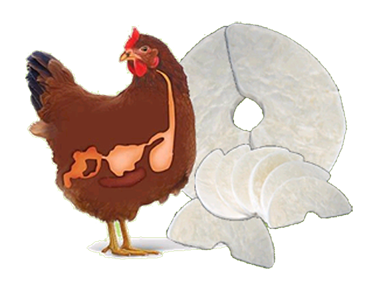
The technology to produce biopolymer, beta-glucan, from fungi by submerged fermentation has been developed. Using a low-cost medium, the optimized condition for the biopolymer production was established and successfully transferred to larger-scale production of 200 L.The polymer displayed prebiotic property similar to other prebiotics available in the market. Supplementation of the biopolymer in chicken feed can promote the growth of prebiotic bacteria in chicken, as well as inhibit the pathogenic bacteria in chicken intestine.
This technology is available for licensing. For further information, please contact BIOTEC Business Development Division.
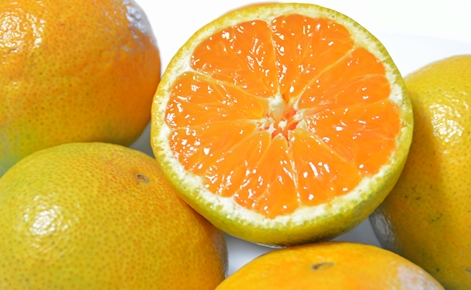
Citrus greening disease and tristeza disease are the most serious citrus diseases found in Thailand. The diseases are transmitted by psyllid and a few species of citrus aphid. Affected trees have stunted growth, produce bitter fruits and take months or years to die. In 2010, around 60% of orange orchards in Fang District, of Chiang Mai were damaged by these disease outbreaks. Fang District is a major producer of orange in Thailand, with an area spanning over 100,000 rai (16,000 hectares)
To cope with these diseases, a method of growing disease-free oranges has been developed. Disease-free plantlet is produced through shoot-tip culture. The whole process takes around 1–1.5 year from laboratory to indoor and outdoor nursery and eventual trial plantation.
This method is being validated with MK Farm in Fang District, Chiang Mai.
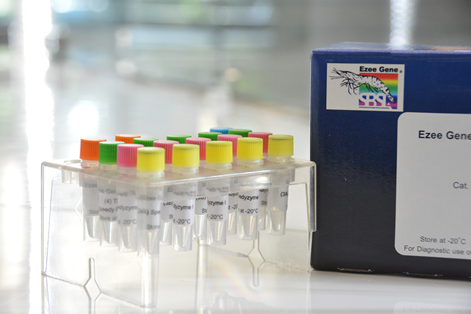
LAMP Color is a test kit that combines the loop-mediated isothermal amplification (LAMP) technique to increase genetic material under single temperature condition with the method to detect color appearance in the solution. The test kit is inexpensive, rapid, specific and highly sensitive. LAMP Color is simple for shrimp farmers to use and can provide a result within 50 minutes. Currently, LAMP Color is available for the detection of white spot syndrome virus (WSSV) and taura syndrome virus (TSV).
To purchase LAMP Color, please contact Aquaculture Product Development and Services Laboratory, BIOTEC.
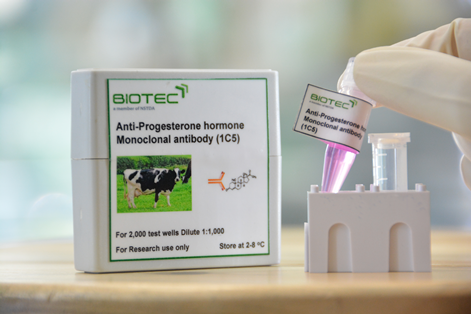
Measurement of progesterone during estrous cycle is useful for reproductive management of dairy industry. The ability to detect progesterone in bovine serum and milk could allow estrus confirmation before artificial insemination, pregnancy exclusion diagnosis and ovarian activities determination.
BIOTEC research team has developed competitive ELISA for progesterone detection in bovine serum and milk. The test utilizes monoclonal antibodies that react specifically with progesterone but not with other steroid hormones. The detection limits of the assay for detection of progesterone in bovine serum and milk are 0.005 and 1.97 ng/ml, respectively.
This technology is available for licensing. For further information, please contact BIOTEC Business Development Division.
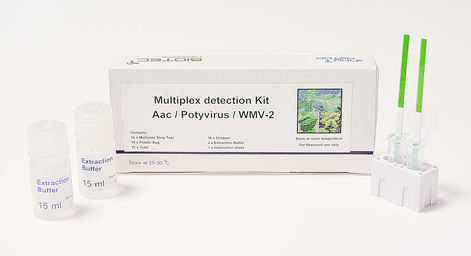
An accurate, easy, rapid and inexpensive detection system that can detect multiple plant pathogens at the same time is essential for epidemiological and disease management studies.
The immunochromatographic strip test for multiplex detection of three plant pathogens in cucurbits including potyvirus, watermelon mosaic virus-2 (WMV-2) and Acidovorax avenae subsp. citrulli (Aac) has been developed. This strip test is specific, sensitive, accurate, cost-effective and very convenient, providing seed exporters and governmental sector with a tool that can rapidly detect those three pathogens in five minutes.
This technology is available for licensing. For further information, please contact BIOTEC Business Development Division.
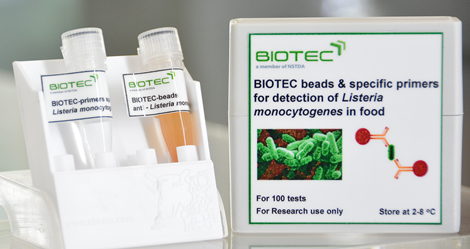
A detection system of Listeria monocytogenes in food samples has been developed employing the combination of immunomagnetic separation (IMS) and real-time PCR techniques. L. monocytogenes is isolated from food samples using magnetic beads coated with L. monocytogenes-specific monoclonal antibodies; then the pathogen is detected by real-time PCR technique using specific primers and internal amplification control set. The established system can provide a result within 28 hours compared to 96 hours using the ISO 11290-1:1996 standard method.
This technology is available for licensing. For further information, please contact BIOTEC Business Development Division.
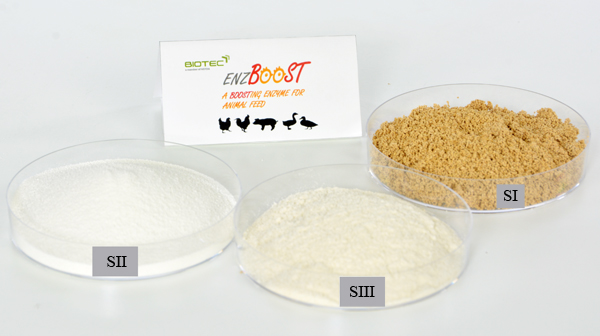
In animal feed industry, the main feed ingredients frequently used in Asia are corn and soybean, which contain high amounts of mannan and galactomannan. These substrates obstruct digestive enzymes and bile acids for feed ingestion in animals. Thus, efficient enzymes that can hydrolyze these substrates are essential for animal growth improvement. ß-mannanase is generally used to degrade these target polysaccharides into shorter oligosaccharides in animal feed.
ENZboost has been developed as a recombinant ß-mannanase from yeast host with high level of protein production. With highly thermostable property of this recombinant enzyme upto 90-100◦C as well as its stability in broad pH range, ENZboost can be a promising feed supplement that can be added in animal diets to boost up energy utilization and growth performance.
This technology is being developed in the pre-pilot scale.
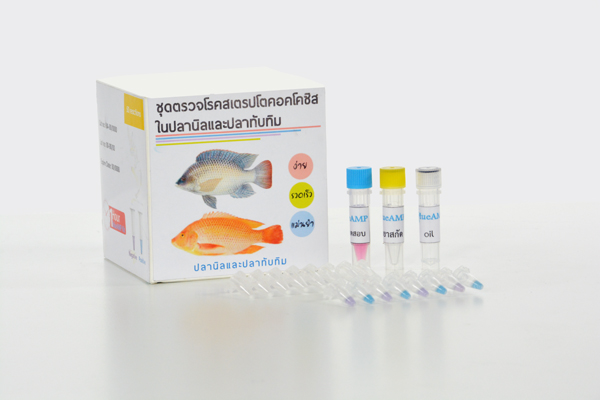
Streptococcosis is a major bacterial infection in many cultured fish species, damaging the production of intensive aquaculture species, particularly Nile tilapia. The infection is caused by Streptococcus agalactiae and S. iniae.
“blueAmp” has been developed as a simple and rapid assay to detect S. agalactiae and S. iniae. The assay is based on DNA amplification by loop-mediated isothermal amplification (LAMP) and a detection of DNA products by colorimetric change of hydroxynaphthol blue dye. The result can be observed by a color change through the naked eyes. This method takes approximately an hour, which is significantly less than the time required by a standard test which can take upto 6 days. “blueAmp” is useful for screening broodstock and fry before stocking and for monitoring fish health in grow-out pond.
This technology is being validated with industry before it becomes available for licensing.
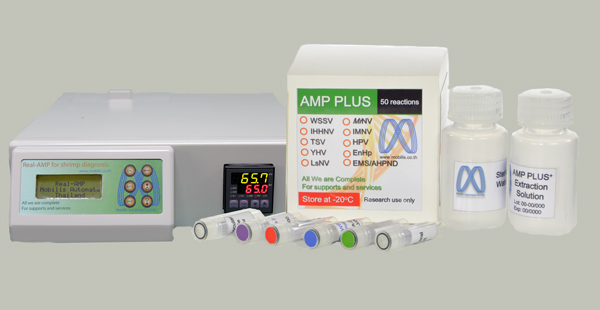
LAMP-Turbidimeter for detection of shrimp viral infection is a platform for detecting shrimp viruses by using loop-mediated isothermal amplification (LAMP) technique and the result is interpreted by a designed portable multi-channel turbidimeter. The results can be obtained within 1 hour. This platform is portable and can be used for detection not only in the laboratory but also in the field.
This technology was jointly developed by BIOTEC and NECTEC. It has been licensed to Mobilis Automata Co., Ltd. The equipment is available under the trade name “Real-AMP”, whereas the reagent is called “AMP Plus”. Currently, there are reagents for testing the following pathogens: white spot syndrome (WSSV), Laem Singh Virus (LSNV), Acute Hepatopancreatic Necrosis Syndrome (AHPNS), IHHNV, MrNV and EnHp.
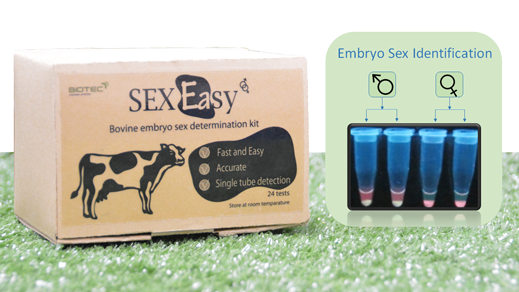
The ability to determine the sex of cattle embryos before transfer is useful for livestock management, particularly in the dairy cattle industry in which female calves are preferred. The current methods for sexing bovine embryos normally rely on detecting Y chromosome–specific DNA using PCR or fluorescence in situ hybridization (FISH). However, these techniques are not widely used in the field as they are time consuming and labor intensive and require expensive instruments.
BIOTEC research team has developed a modified LAMP in a multiplex format (multiplex LAMP) for highly efficient bovine embryo sexing. The protocol can simultaneously detect both male-specific DNA and control DNA in a single reaction tube using multiplex LAMP. The result can be visualized by the color of the precipitate. The multiplex LAMP showed 100% accuracy in identifying the actual sex of the embryos. The method is cost effective and highly mobile, making it suitable for field use.
This patented assay is available for licensing. For further information, please contact NSTDA Technology Licensing Office (TLO).
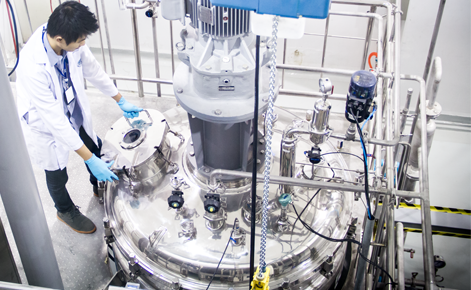
The industrial production of ethanol for blending with gasoline (gasohol E10 and E85), generates a huge amount of wet cake as a by-product. With the policy to turn the by-product to value-added product, this research aims to develop efficient fermentation process for enhancing nutritional value of wet cake with gamma-linolenic acid (GLA). This omega-6 fatty acid has beneficial effect on animal health. The production process is being scaled up to evaluate economic feasibility and benefit of fermented wet cake before transferring the developed technology to commercial applications.
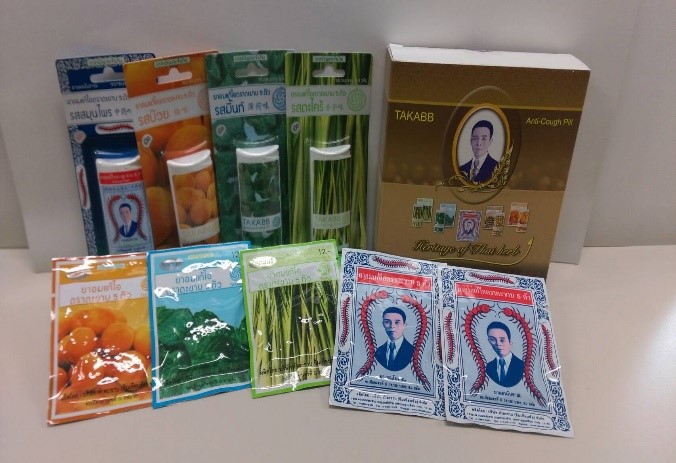
Hatakabb (Sim Tien Hor) Co., Ltd. was established more than 80 years ago. Its business is herbal medicine. It produces and distributes the popular and widely recognized Takabb anti-cough pill. With its efficacy and consistency, Takabb has become the number one traditional anti-cough pill.
BIOTEC researchers improved the efficiency of the production process of Takabb anti-cough pill by shortening the fermentation time. Takabb anti-cough pill produced by the developed process remains its efficacy and consistency in active ingredient contents, texture and taste.
The company is currently using the process developed by BIOTEC to expand its production capacity on Takabb anti-cough pill and to increase its market share.
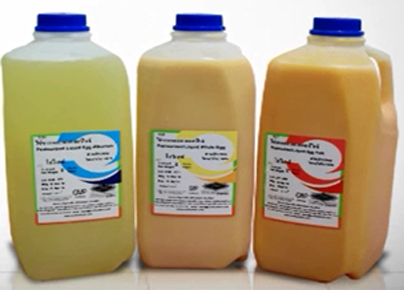
One of the major problems of heat-pasteurization process of liquid egg products is degenerative change in food-related functional properties of liquid eggs such as gelling, foaming and emulsifying properties.
Under a collaboration with a private company, BIOTEC researchers studied several process parameters influencing physicochemical and functional properties of pasteurized liquid egg products (liquid whole egg, liquid egg yolk and liquid egg white) for process improvements, and developments of new products for specific customer’s needs.
In addition, the obtained fundamental knowledge can be further applied for improving the processes and new product development.
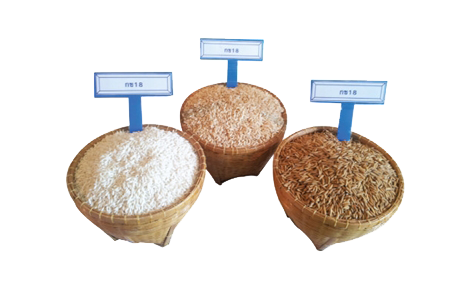
This new variety is a cross between RD6 and Jao Hom Nil rice using molecular markers in the backcross breeding process. RD18 is photoperiod-sensitive, with an average height of 158 cm, and resistant to blast disease especially during the seedling stage. Suitable for rainfed lowland area in the upper north and northeast Thailand where blast disease is prevalent, it provides an average yield of 3.8 tonnes/hectare (609 kg/rai). RD18 maintains excellent grain and cooking qualities of RD6.
RD18 was developed by Rice Gene Discovery Unit, in collaboration with various research partners, namely Kasetsart University, Rajamangala University of Technology Lanna (RMUTL) and the Rice Department.
RD18 was certified by the Rice Department on 19 August 2013.

RD51 is a new version of KDML105, or jasmine rice. It is derived from a marker assisted backcrossing (MAB) using KDML105 as the recipient and IR49830 (submergence tolerant rice from IRRI) as the donor. It was developed for flash flooding tolerance.
RD51 is photoperiod sensitive, approximately 155 cm in height and provides an average yield of 4.6 tons per hectare with cooking quality as superb as that of jasmine KDML105. It can survive flashflood for 12 days. The yield of RD51 is far better than that of KDML105 under flashflood condition, thus suitable for rainfed low land.
RD51 was certified by the Rice Department on 12 March 2013.
August 2013.
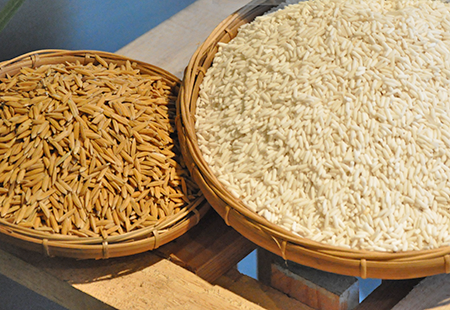
The new glutinuous rice with resistance to both blast and bacterial blight was achieved through marker-assisted selection technology. Its key features include resistance to blast and bacterial blight diseases, strong stem and 130 cm in height. It provides an average yield of 4.38-5 tons/ha (700-800 kg/rai). The grain and cooking quality of the new rice is as superb as RD6, the well-known glutinous jasmine rice.
This new rice variety has been introduced to farmers in Nan, Chiang Mai, Chiang Rai and Lampang provinces.
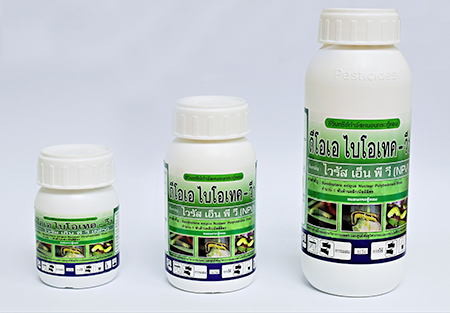
Nucleopolyhedrosis virus (NPV) is an entomopathogenic virus which can destroy larval stage of insects of the order Lepidoptera. Due to its highly specific effect on the insect pest target and safe for human, beneficial insects and environment, NPV has been used for insect pest control as a microbial insecticide for over 30 years.
BIOTEC NPV product, used for controlling beet armyworm, can be applied to shallot, onion, asparagus, cruciferous crops, sweet pea, chili, yardlong bean, okra tomato, mung bean, marigold, orchid, rose and chrysanthemum. The infected larva will die within 3-7 days.
NPV can be purchased from the Nuclear Polyhedrosis Virus Pilot Plant for Insect Pest Control of BIOTEC or through distributors.


